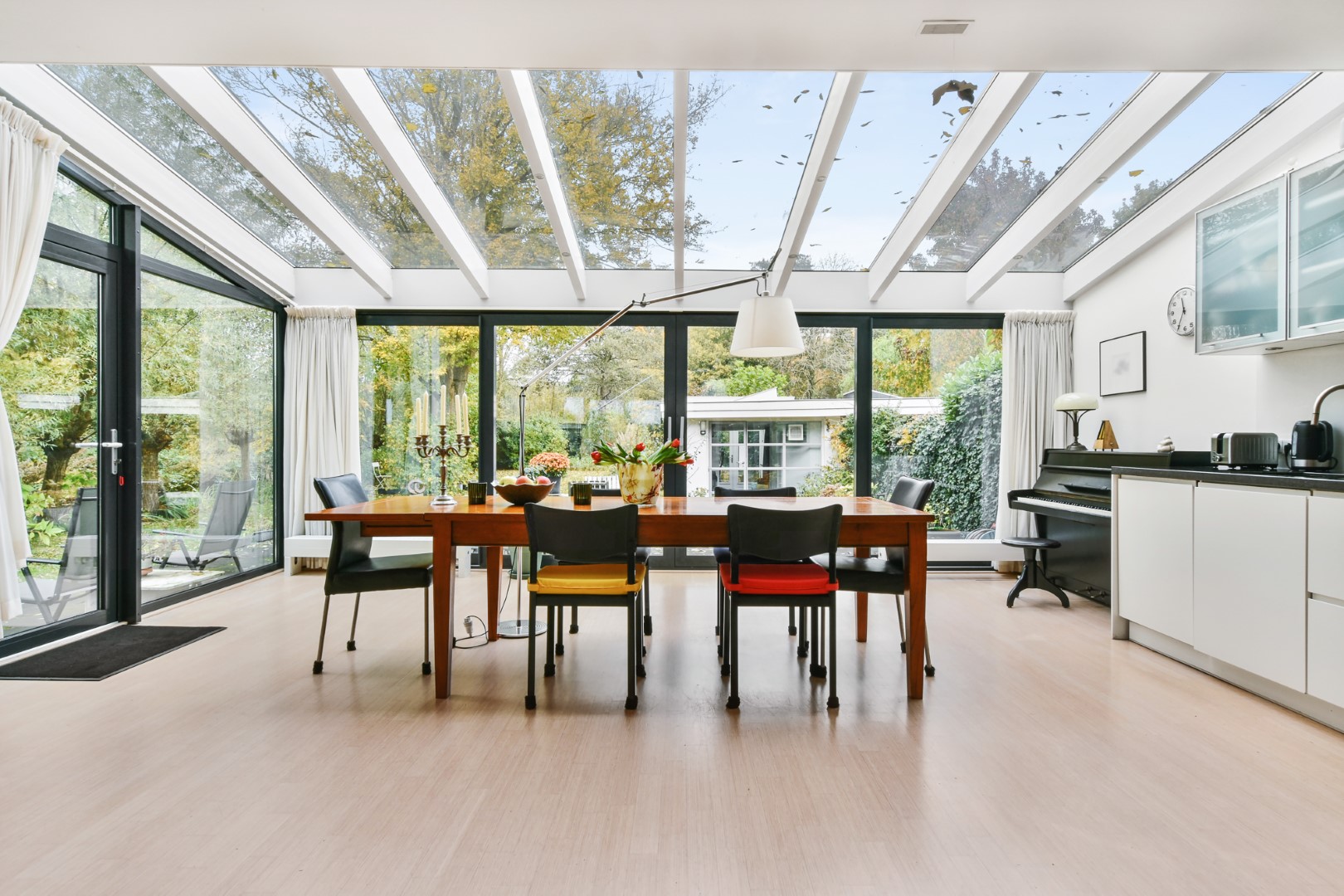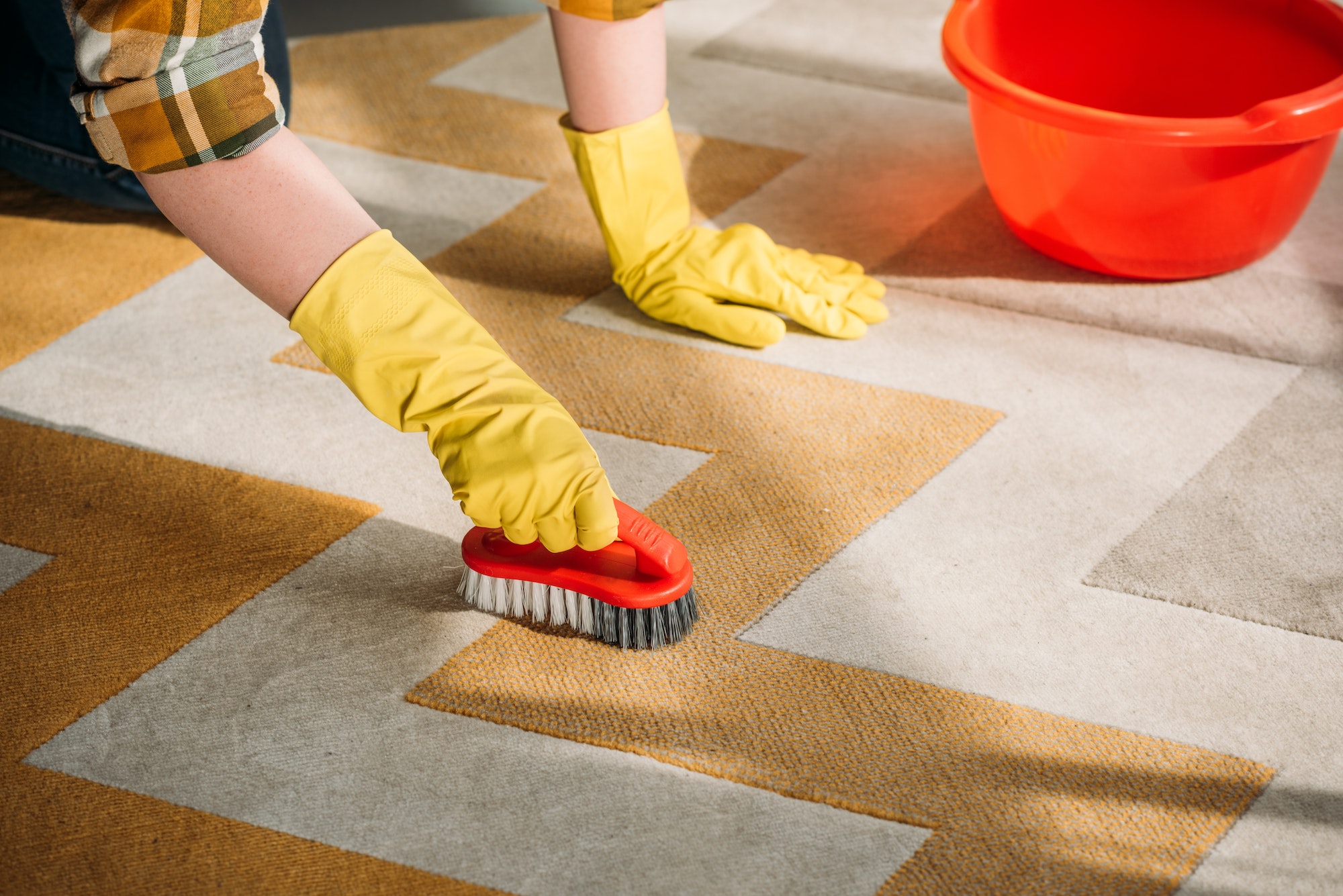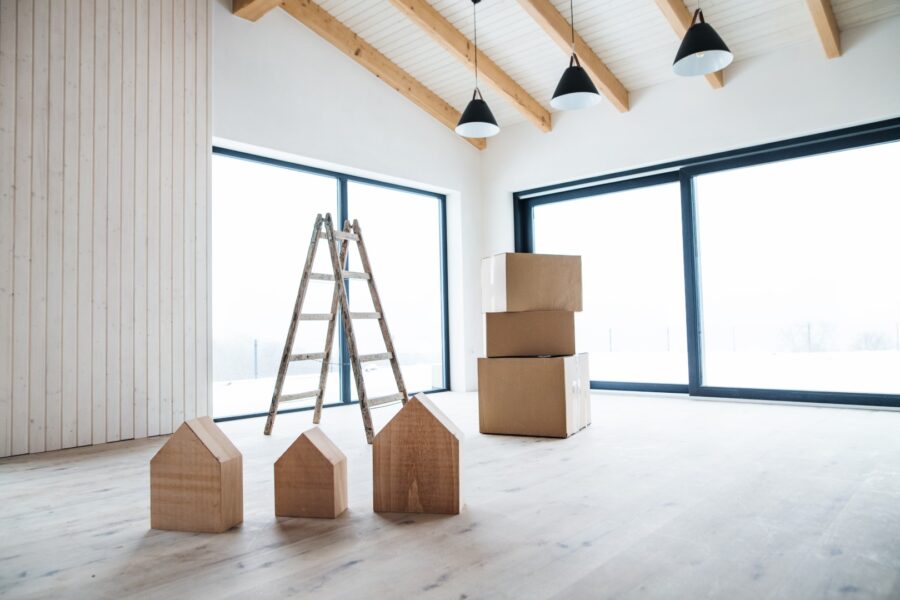“Few pleasures in life match that of sitting in a stylish glass extension with a cold glass of something delicious in your hand as the spring sun steadily sinks below the horizon, and your garden – your private paradise – is bathed in a spectrum of pink and orange pastel hues, marking the end of a glorious day. But, niggling in the back of your mind might be a worrying question: Will my glass extension get too hot in the UK’s increasingly scorching summer months? The short answer is no, but the longer one – which includes a definition of what a comfortable temperature is, whether that can be achieved all-year-round, and how you might do so – is explored in this blog post, giving you the peace of mind necessary to enjoy that serene sunset uninterrupted.”
It is well understood a glass extension presents a sleek solution for expanding and enhancing your living space, however, it is also true that glass structures can sometimes create an uncomfortable climate due to a build-up of heat.
But all is not lost.
By opting for a thoughtfully-engineered glass extension you can enjoy the natural light and panoramic views structural glazing offers without the dreaded ‘greenhouse’ effect of less advanced systems.
Let’s delve deeper into the matter.
How does the glass in my home help to regulate temperature?
If your house was built later than the second half of the 20th century, it will most likely be double-glazed. Double-glazing essentially sandwiches a layer of air (now more commonly a denser gas such as argon) under pressure between two panes of glass, creating a vacuum-tight seal. This is also known as hermetic sealing. (Triple-glazing uses the same principle with an additional pane of glass).
The ‘buffer’ created by the gas serves as insulation; effectively reducing temperature and sound transfer between the exterior and interior. The warm air that might otherwise escape (or enter) through the thinner fabrics of your home – glass being an excellent example – is contained by the insulation created, keeping warmth in and cold out (and vice versa).
Making your glass extension double-glazed is a no-brainer to ensure a level of temperature regulation, but it is not a smart solution without the application of nano-coatings and interlayers. As anyone with a double-glazed conservatory can attest, on summer days, under the blazing sun, double-glazing offers little protection against heat buildup.
Before examining some of the innovative solutions designed to provide additional protection against the sun’s energy, let’s define what a ‘comfortable‘ temperature actually is….
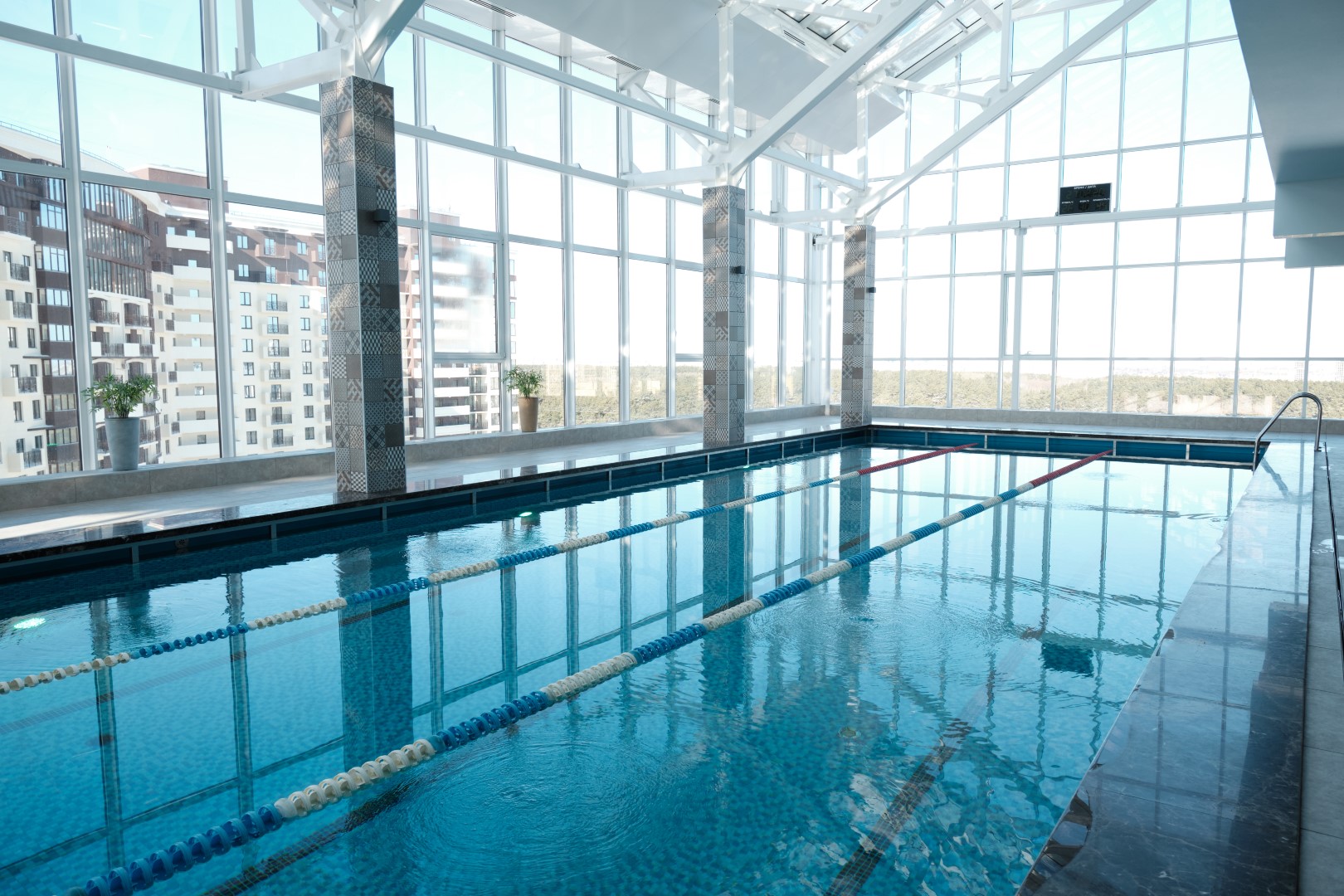
What is a ‘comfortable’ temperature?
Typing this question into Google presents you with over 130 million results, all with vastly different opinions on the ‘perfect temperature’.
After all, what one person considers a comfortable ambient temperature might make another rush for the thermostat.
Obviously, personal preference makes it impossible to have a universal ‘perfect temperature’, however, the rough consensus is between 18 and 22 degrees Celsius (64-72 degrees Fahrenheit). Studies show that anything below that range can reduce blood circulation, which can lead to respiratory conditions, whilst going above it can impact cognitive ability, increase the heart rate, cause blood pressure to drop, and affect productivity.
The takeaway? It’s important to get the temperature right in a glass extension or you’ll find yourself gravitating to other areas of the house!
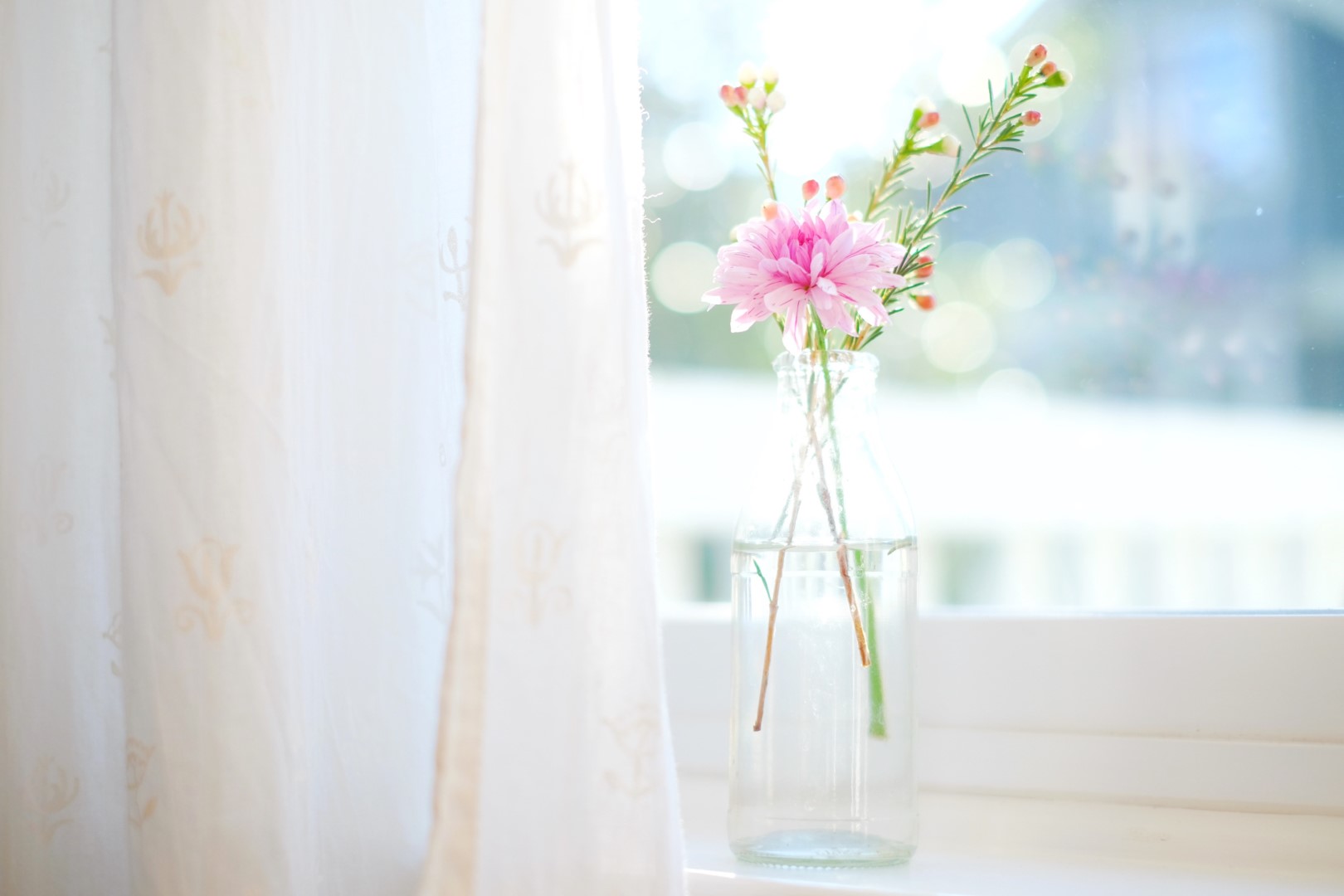
Is it possible to maintain a comfortable temperature in my glass extension year-round?
Historically in the UK standard double-glazing would be quite adequate for keeping your glass extension at a manageable temperature. Unfortunately, the continuing effects of global warming each year present us with longer and higher ‘record-breaking’ temperatures all over the world. As a result, additional measures of protection are a necessity in preventing your beautiful glazed extension from becoming a glorified greenhouse… particularly if your extension is exposed to a South or South Westerly orientation!
So significant are the effects of global warming that the government introduced ‘Section O’ of the UK Building Regulations in 2022 to specifically minimise overheating in buildings as a direct response to these sustained high temperatures.
Here are 5 ways you can keep your glass extension cool, even in the summer heat-wave!
1. Solar Control Class
Solar control glazing consists of double or triple-glazing which has one or more of its faces coated (or, if you want the technical term, sputted) with a metal oxide. The metal oxide allows a high amount of visible light to pass through, keeping your glass extension bright and airy as intended, whilst reducing shortwave radiation from the sun (infrared rays).
The level of light transmission versus the solar gain (the G-Factor, which measures how much shortwave radiation from the sun can pass through a window) is expressed as a ratio. The most popular ratio for solar control glass is 70/35, meaning the G-Factor has been reduced to 35% while maintaining the level of light transmission at 70%.
The application of a solar control coating is a relatively inexpensive enhancement which significantly reduces overheating. With temperatures rising year on year, we feel it is essential to utilise solutions that help to reduce or erase the need for mechanical air conditioning in order to reduce a household’s carbon footprint.
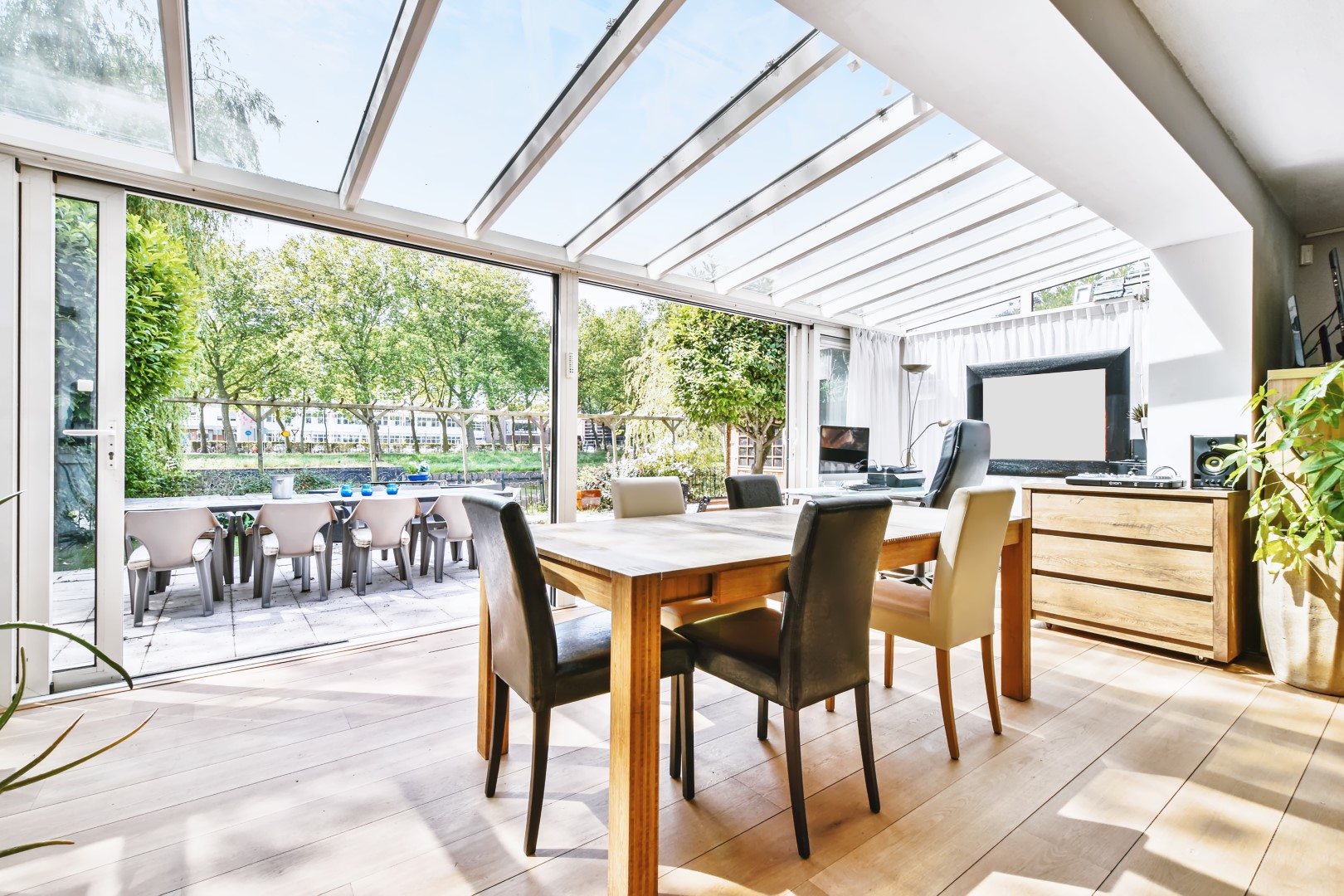
2. Blinds and brise soleil
Less high-tech than solar control glass, blinds very literally block out a certain amount of light and shortwave radiation. Furthermore, there are a plethora of different designs to choose from, as well as the option to have them custom-made. Different styles will provide different ratios of light to radiation, which is something to bear in mind. Typically the ‘blind policy’ is designed at the outset, and many specialist blind companies (for example www.grantsblinds.com) offer a design package as part of the consultancy to achieve the best outcome.
3. Airflow vents and natural ventilation
Due to the path of the sun throughout the day, the north side of your home will be far cooler than the south. Opening a window or door in a shaded part of your home will allow cooler air to flow through the space, and air vents (or trickle vents) can be utilised to facilitate this flow into your glass extension, helping to cool it down. Section O part 2.10 of the UK building regulations specifies that:
Excess heat should be removed from the residential building by any of the following means:
a. Opening windows (the effectiveness of this method is improved by cross-ventilation).
b. Ventilation louvres in external walls.
c. A mechanical ventilation system.
d. A mechanical cooling system.”
Section O part 2.10 is an important requirement because even when temperatures are tempered by solar control glass, blinds, or any other heat-reduction system, the temperature can still exceed 30 degrees Celsius (86 degrees Fahrenheit).
The introduction of Section O part 2.10 has encouraged many projects to begin incorporating a “natural airflow” strategy into their designs. Many of the larger engineering practices are putting in place a project policy to address natural air flow optimisation, based on some stringent calculations being presented. However, introducing trickle vents into a “frameless” glazed system is rather complex. We’ve welcomed this development, investing in our own skills so that our designers can create a glazing solution that enhances and integrates with a client’s air-flow strategy, while still maintaining the aesthetic vision for the building.
Insect screens are another coveted addition that help prevent unwanted guests, and maintain a cool and comfortable glass extension all summer long!
You can maximise the effectiveness of the vents by opening them in the morning and evening and closing them when the sun is shining directly on them. Keeping them clear is also essential to allow for maximum airflow.
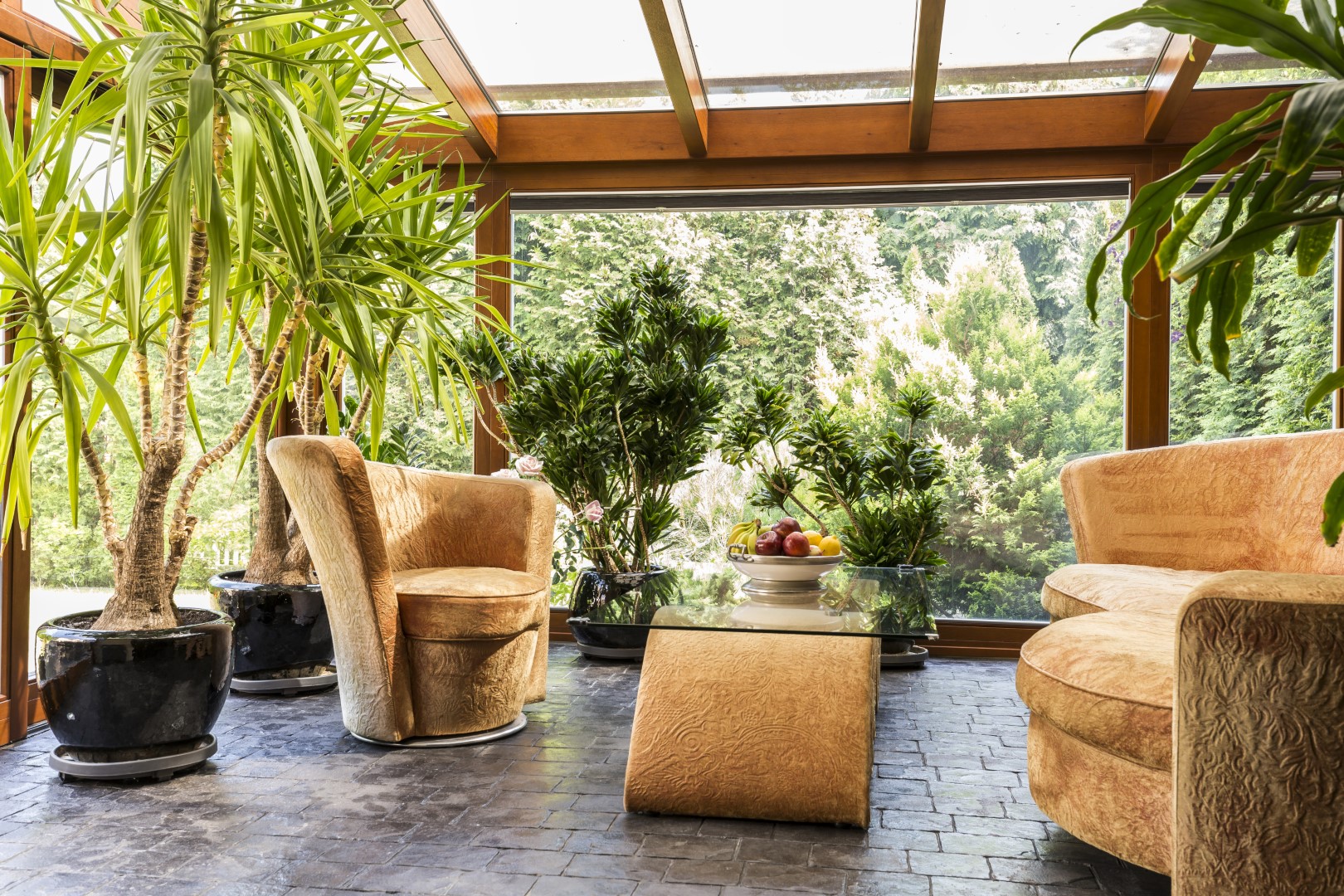
4. Plants and Foliage
While it sounds as though we might be clutching at straws for this fifth point, the data (and the eco-conscious Passivehaus movement) most certainly agrees with us! According to a study published in ‘Horticultural Science’ in 2014, certain houseplants can reduce the temperature of a room by up to 10 degrees Fahrenheit. It’s also worth noting that this cooling effect is most pronounced in well-ventilated rooms, as the water vapour produced by the plants during transpiration is able to be circulated more evenly throughout the room.
Furthermore, houseplants can also provide moveable shade, reducing the amount of direct sunlight that reaches you when you’re sitting in your glass extension reading a book, talking with friends or working away.
It should be noted that some houseplants are better at keeping rooms cool than others. Some will simply wither and die when met with direct sunlight and high temperatures, but some popular choices are:
- Fiscus Elastica (Rubber Plant)
- Aglaonema
- Sansevieira (Snake Plant)
So, is it inevitable that my glass extension will get too hot in summer?
In short, no. By following our guidance, you can significantly reduce the temperature of your glass extension, preventing the dreaded greenhouse effect.
The most important part of a perfectly-cooled glazing extension is the planning. By considering all of the information and utilising a few of the strategies, such as well-placed ventilation and solar control glass, you can create the space of your dreams.

This article was written by William Messenger on behalf of Cantifix, one of the leading architectural glazing specialists in the UK. As well as creating innovative glass products, they also collaborate on research into the impact of natural light on our health and well-being.
Discover more from Futurist Architecture
Subscribe to get the latest posts sent to your email.
